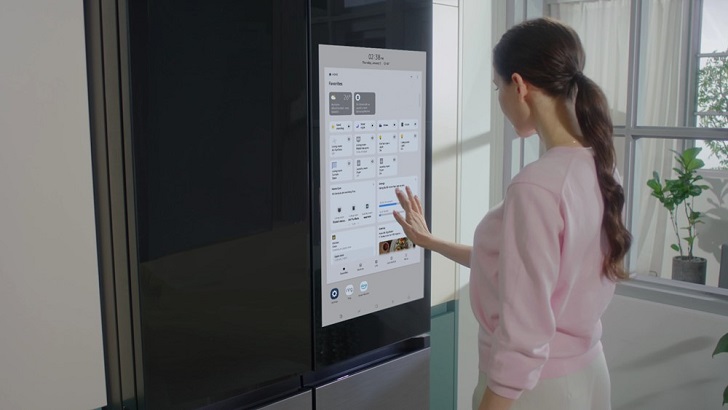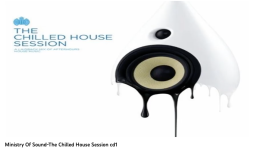Rise from the ashes
Regular
There's that see the invisible thing again. Got to be worth a few bob.Valeo is giving people the opportunity to try out the third-gen LiDAR if you attend CES 2023!!!! Could someone please get there ASAP to try it and then just quickly open it up when no-one is looking to see what''s inside?
View attachment 26101

Thanks to its expertise in electronics and software, Valeo presents at CES Las Vegas its innovations that equip all new forms of mobility and the infrastructures of the city of tomorrow
From January 3 to 8, 2023, Valeo is taking part in the Consumer Electronics Show (CES), a major tech event held every year in Las Vegas. The Group is presenting its innovations for safer, more sustainable mobility, all of which feature mechatronics, electronics and software. At this year's CES...www.valeo.com
@Deadpool this bloke makes more sense.





